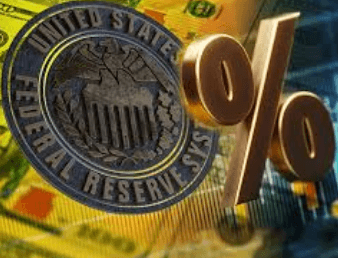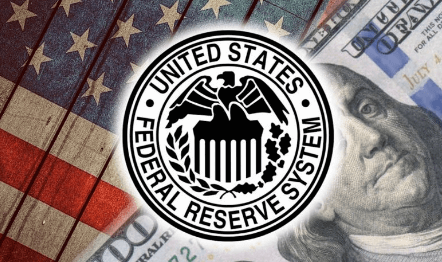Interest Reductions From the Fed

Interest Reductions From the Fed Reserve serve as a crucial tool for influencing economic dynamics, particularly in times of uncertainty. By lowering borrowing costs, the Fed aims to energize consumer spending and encourage businesses to invest. However, the implications of these rate cuts extend beyond immediate financial relief; they can reshape market behavior and long-term economic strategies. As we examine the multifaceted effects of these reductions, it becomes essential to consider who benefits most and what potential risks may arise in the broader economic landscape.
Read also: A Guide to Designing Your First Brochure
Reasons for Interest Reductions From the Fed
Interest reductions by the Federal Reserve are often driven by a confluence of economic factors aimed at stimulating growth and ensuring financial stability.
Key reasons include the need for effective monetary policy to lower borrowing costs, thereby encouraging investment and consumer spending.
Additionally, such reductions aid in inflation control, helping to maintain price stability while fostering an environment conducive to economic freedom and prosperity.
Economic Impact of Rate Cuts
The economic impact of rate cuts extends beyond immediate borrowing costs, influencing various facets of the financial landscape.
Lower rates can enhance inflation control by stimulating spending, yet they also heighten the risk of excessive inflation if unchecked.
Moreover, reduced rates often boost consumer confidence, encouraging investment and consumption, which can further stimulate economic growth while maintaining a balance between prosperity and stability.

Effects on Borrowing and Spending
Lowering interest rates typically results in enhanced borrowing and spending behaviors among consumers and businesses.
Improved loan accessibility encourages consumer behavior that favors larger purchases, such as homes and vehicles, while businesses may invest in expansion and innovation.
This dynamic fosters economic growth by increasing demand, stimulating production, and ultimately contributing to a more vibrant marketplace that aligns with the principles of individual freedom and opportunity.
Strategies for Individuals and Businesses
Navigating the landscape of reduced interest rates presents individuals and businesses with unique opportunities to optimize their financial strategies.
Exploring refinancing options can lead to significant savings on existing debts, while innovative investment strategies may capitalize on lower borrowing costs.
Read also: Apple 50M Iphones India Iphonesstreetjournal
Conclusion
In the landscape of economic growth, Interest Reductions From the Fed act as gentle rain nourishing the roots of consumer and business confidence. As the soil softens, seeds of investment take root, blossoming into opportunities that flourish in a vibrant marketplace. This cyclical dance between lower borrowing costs and increased spending cultivates a robust economy, where prosperity thrives under the sun of financial accessibility. Ultimately, the strategic application of rate cuts fosters a garden of stability, promising a bountiful harvest for future generations.






